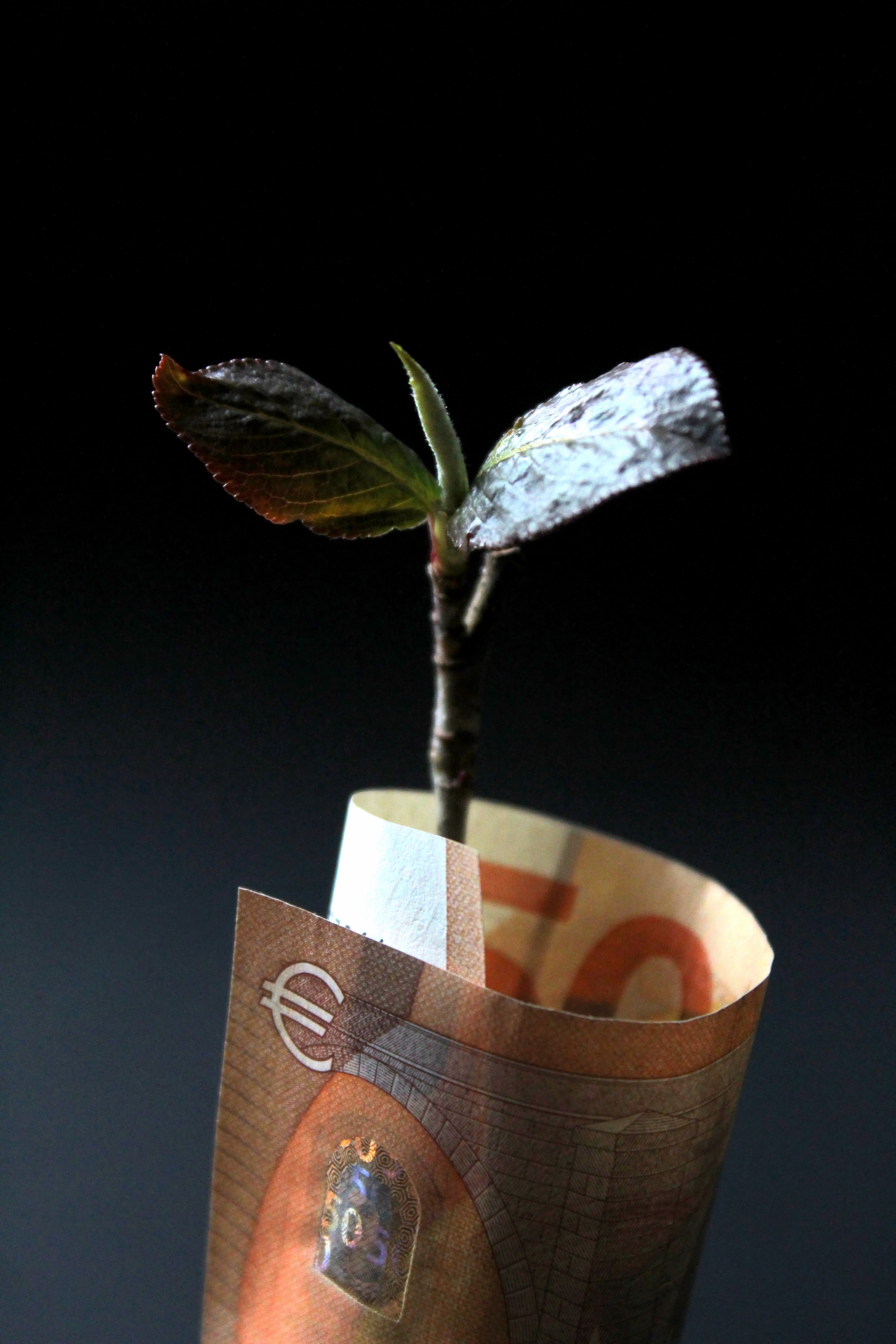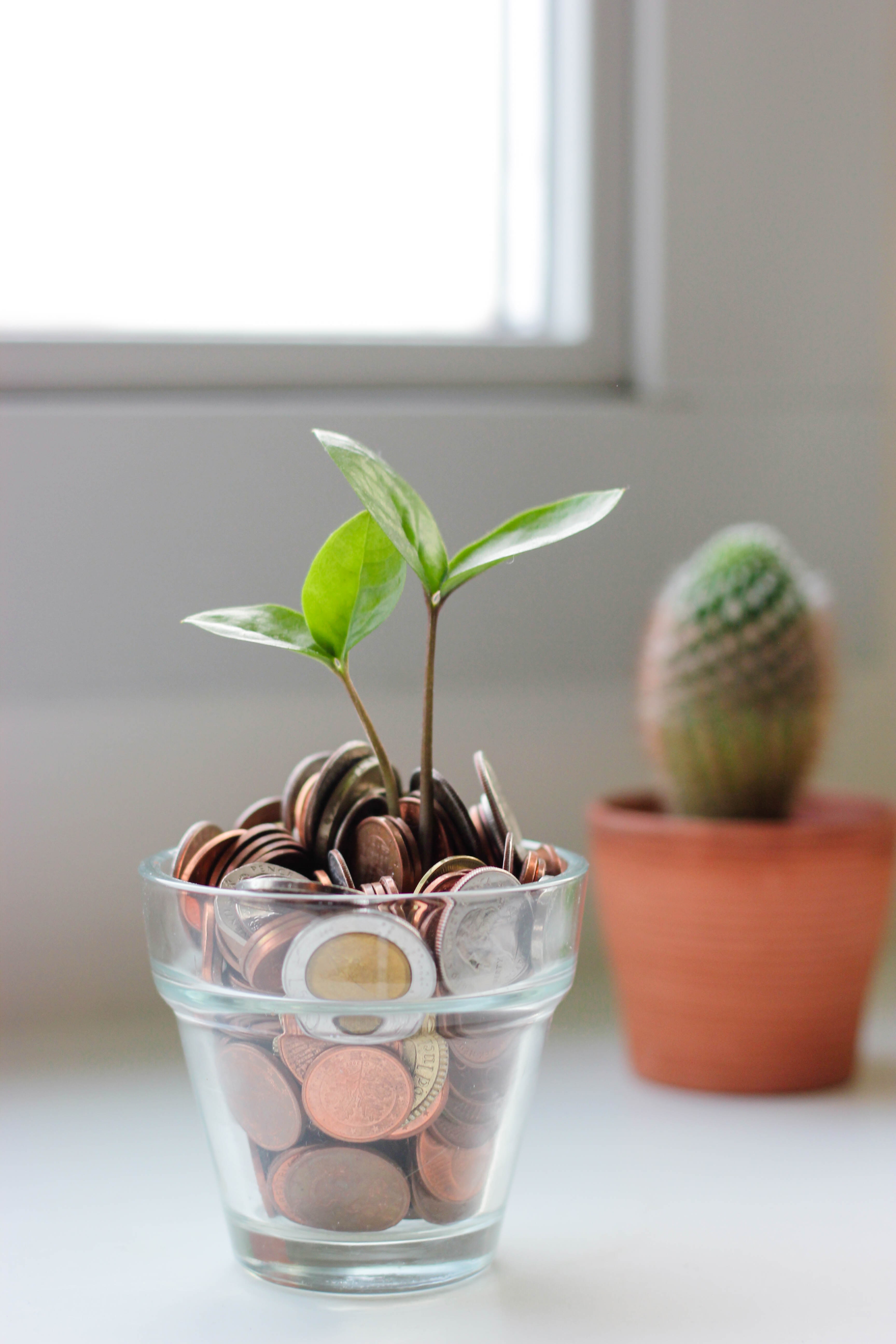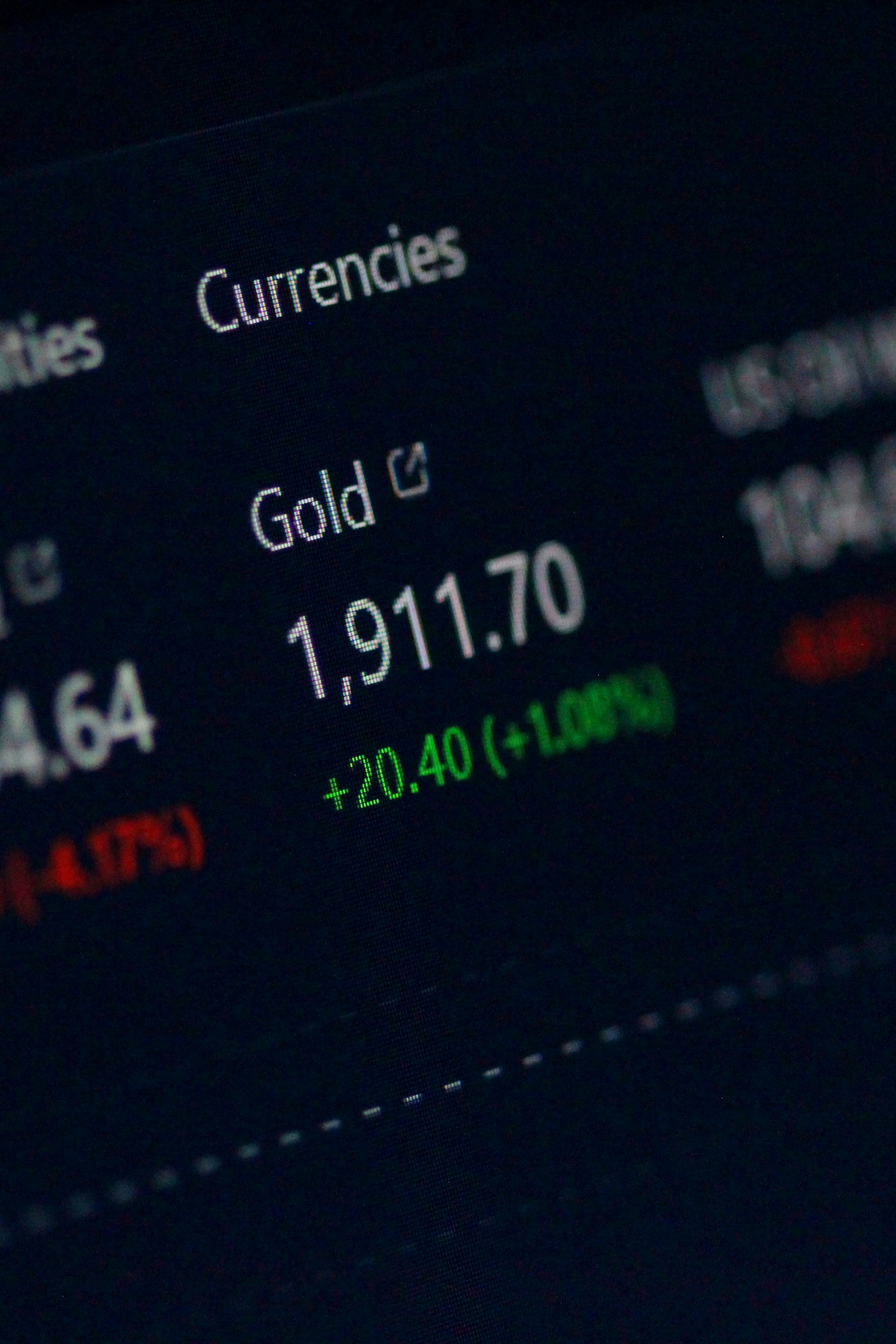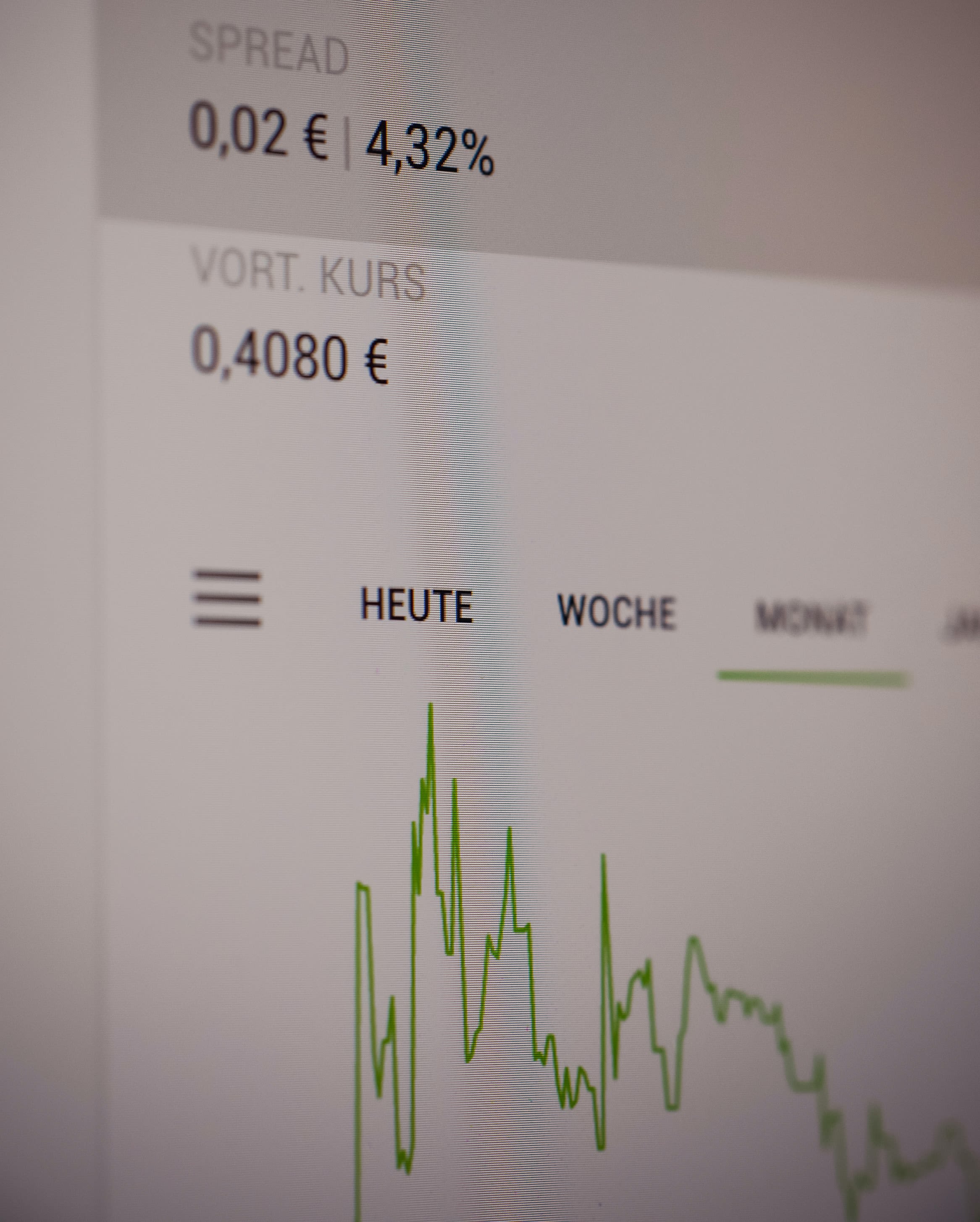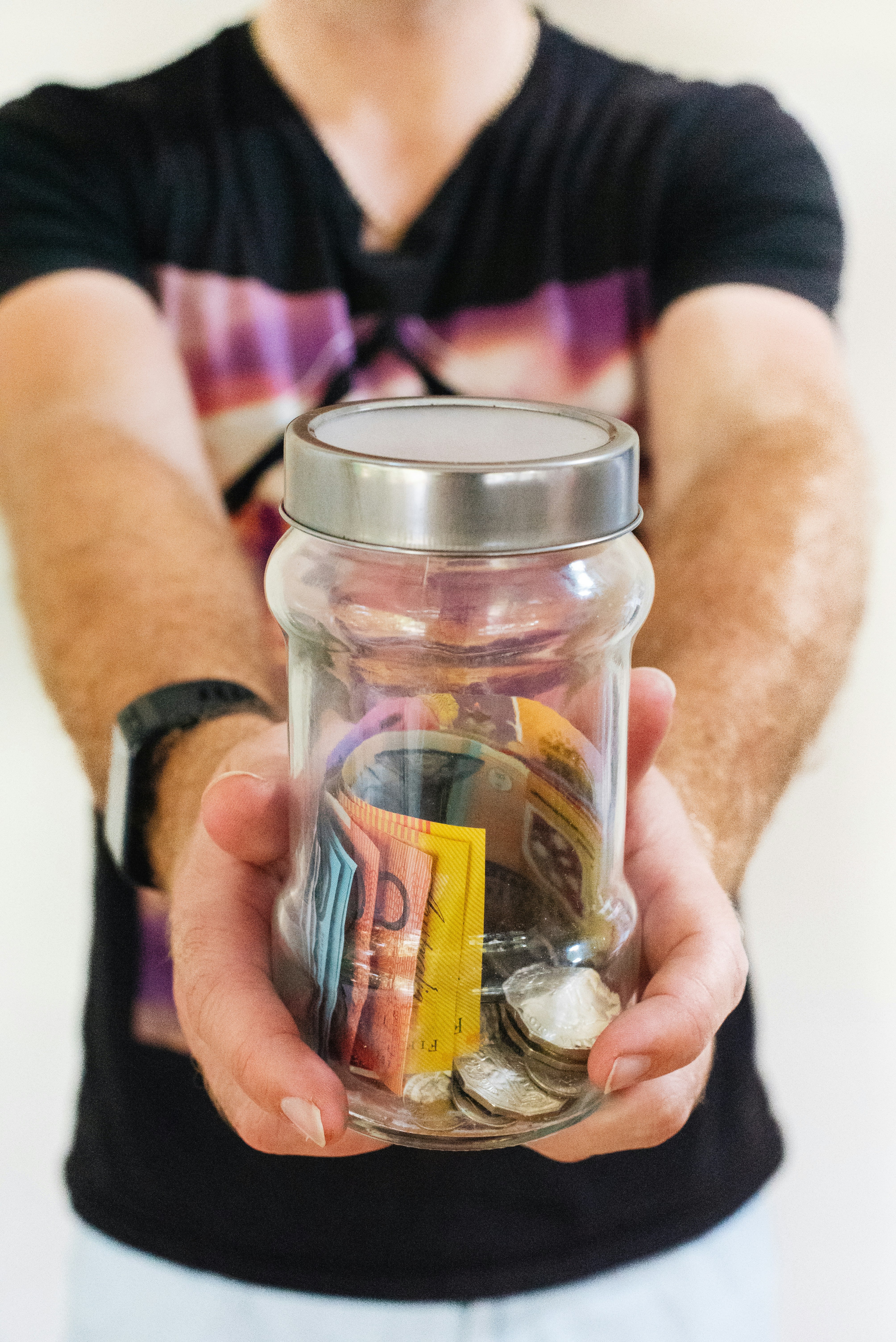Intro to Investing for Students (Pt. 4) What are Dividends?
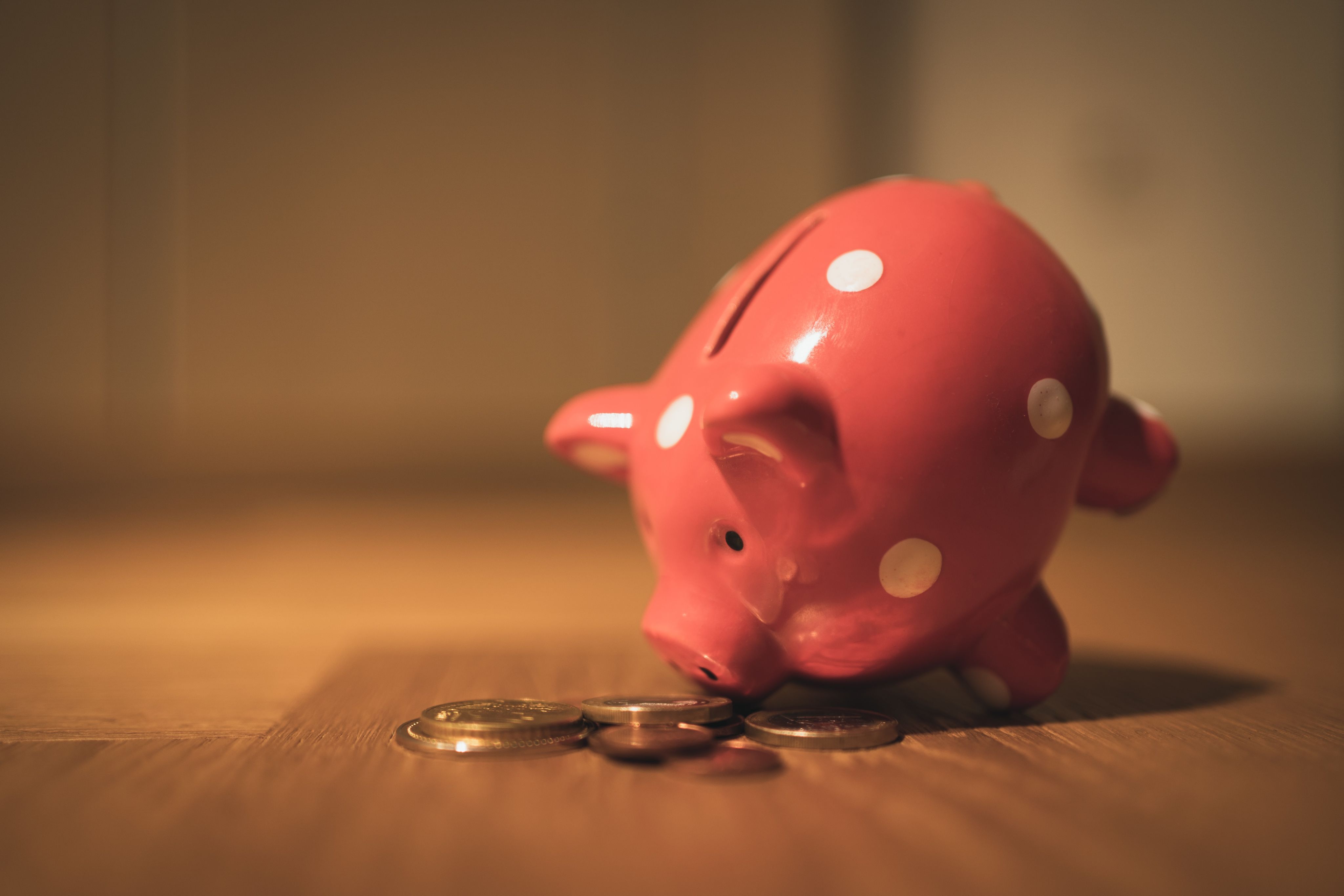
What is a Dividend?
For most students, the idea of investing isn't even in their minds. Understandably, there are more pressing matters at hand, such as assignments, tests, projects, and exams, but that doesn't mean that you cannot begin your journey to financial independence early on during your university life.
And what better way to start than with dividend investing? So, the first question you'd probably be asking is, "What is a dividend?" Investopedia's definition of a dividend is, 'a dividend is the distribution of a company's earnings to its shareholders and is determined by the company's board of directors'. In layman's terms, it is passive income that you gain from the profits of a company as a shareholder.
Companies generate free cash flow, which is cash that is gained after accounting for all the cash outflows to support the operations of the business. With this free cash flow, a company does either all, some, or just one of five things, which are:
1. Reinvest back into the business
2. Buyback shares
3. Pay down debt
4. Attempt mergers & acquisitions
5. Payout dividends
Ideally, for every company you plan to invest in and gain dividends from, you'd want to see them reinvest it back into the business. When you see growing free cash flow over the past decade, that is a great sign for the company. Why is that? Because growing free cash flow means that the company's dividend payouts will grow every single year as well.
Two things NOT to do with Dividend Investing
One thing you need to understand is that dividend investing is one of the more entry-level forms of investing. It requires discipline, consistency, and some level of research on your part.
1. NEVER Yield Chase!
When looking for companies to invest in that payout dividends, never pay the most attention to the yield percentage. While yes, a 9% dividend yield seems more attractive at face value than a 2.5% dividend yield, there are a lot of other factors that you need to pay attention to before you make the choice between the 9% or the 2.5% yield.
For example, Company A consistently pays out a dividend of $1 per 100 shares from January to December. Now, 1$ per 100 shares is a high yield, but it doesn't grow.
For Company B, they started paying a dividend of $0.15 per 100 shares in January, and by December, they had paid out $0.45 per 100 shares. There is clear growth.
So, what is the key difference between these two companies? GROWTH! When, looking for a company to invest in for dividends, always look at what their dividend growth looks like. Because dividend growth highlights an increase in free cash flow per month and the growth of the company as a whole.
Consistent high dividend payouts every month could signify a plateau in growth and more often than not, leads to a steep crash in dividend payout.
2. Don't Have More than 10% in One Company
While this isn't law in the dividend investing world, it is highly recommended. Diversify your portfolio with a basketful of companies that are across different sectors. Not doing so will result in you risking a big chunk of your value if a sector fails or if a company with a sizable chunk of your value starts sinking.
This can be incredibly disheartening and can completely throw a wrench in your investment goals. It will cut your dividend growth in half or prevent it altogether. If you are determined to invest directly in companies, then diversifying your portfolio and making sure no company holds 10% of your value is crucial.
What TO do with Dividend Investing
1. Spend Time Researching
Spending time researching a company and, like I've mentioned earlier, don't yield chase but look for key identifiers of growth in a company, such as consecutive years of dividend payments and consecutive years of dividend growth. If these two identifiers are closely correlated, then you are looking at a healthy company to invest in for dividends.
2. Focus on ETFs (Exchange-Traded Funds)
Investing in ETFs is generally the go-to when it comes to dividend investing. Not only will you be diversifying your portfolio, but you will also be able to focus on different sectors of the market.
ETFs like the S&P 500 have historically been difficult to beat, and the dividend payouts have been more consistent when you become more consistent. It's also important to mention that the risk is significantly less with an ETF, because if one company fails in an ETF, it does marginal damage to your overall portfolio value.
3. Be Consistent and Reinvest
Dividend investing is only good when you're consistent. It is incredibly rewarding to watch your portfolio grow with the discipline that you have developed when it comes to consistently adding to your value and reinvesting your dividends in your portfolio.
Developing these habits will increase the speed at which your dividends grow. The key to dividend investing is, in fact, consistency. Unless you are a multi-millionaire and you can dump in millions into an ETF at one specific time and gain hundreds or even thousands of dividends per month/quarter/year without putting in another cent, then consistent weekly or monthly deposits are crucial to not only seeing growth but also the survivability of your dividends.
While these are just basic information about what dividends are, you have the responsibility of doing your own research to fit your personal investment needs. Also remember that before investing, you should always evaluate how much risk you are comfortable taking on and know the important things to NOT do when investing.


